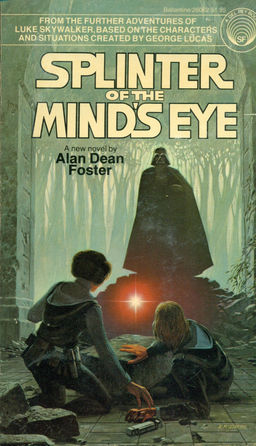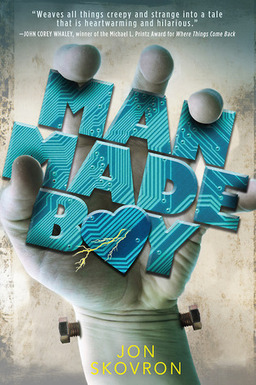A Look Into the Heart of the Great Continent: Milt Davis’ Woman of the Woods
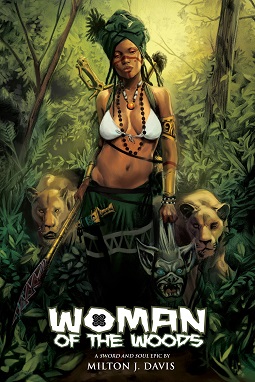 Sword and Soul is a genre that embraces the pulp-style action and adventure of Sword and Sorcery with the world-building of Heroic and Epic Fantasy.
Sword and Soul is a genre that embraces the pulp-style action and adventure of Sword and Sorcery with the world-building of Heroic and Epic Fantasy.
It was born in the 1970s, when famed author Charles Saunders created Imaro, the first black fantasy hero in Sword and Sorcery fiction. Using the diverse mythologies, religions, histories, and traditions of Africa and its many ancient cultures, Sword and Soul offers us a look into the heart of that great continent and the rich heritage of its people. The setting is often an alternate-world version or a forgotten age of prehistoric Africa, something that is often ignored in fantastic fiction, other than those tales of “the great white hunter in Darkest Africa.”
The beauty of Sword and Soul — what makes it unique and refreshing for me — is that it revolves around a world, its people and cultures and traditions, that are not usually represented in the medieval, European-based worlds of fantasy.
Milton J. Davis (author of Changa’s Safari, Meji, and co-editor, along with Charles Saunders, of the anthologies Griots and the upcoming Griots 2: Sisters of the Spear) is at the forefront of the new Sword and Soul movement, leading a wave of new authors who are building new worlds and expanding on old concepts and traditions.
In Woman of the Woods, Davis returns to the world of Meji and introduces us to a new character, Sadatina. She’s a young Adamu girl on the threshold of womanhood, who finds herself at the center of a war between her people and their old enemy, the Mosele. For all the action, adventure, and magic, this is also a dramatic “coming of age” story, with real flesh and blood characters that have a past and carry the emotional weight and baggage everyone collects over the years.
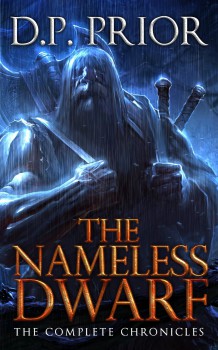
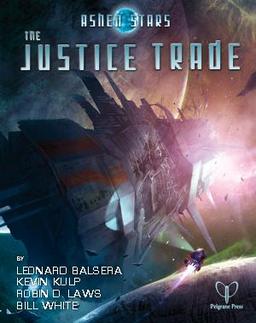
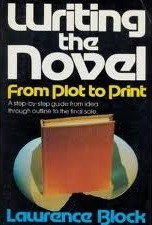
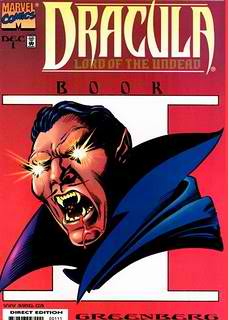
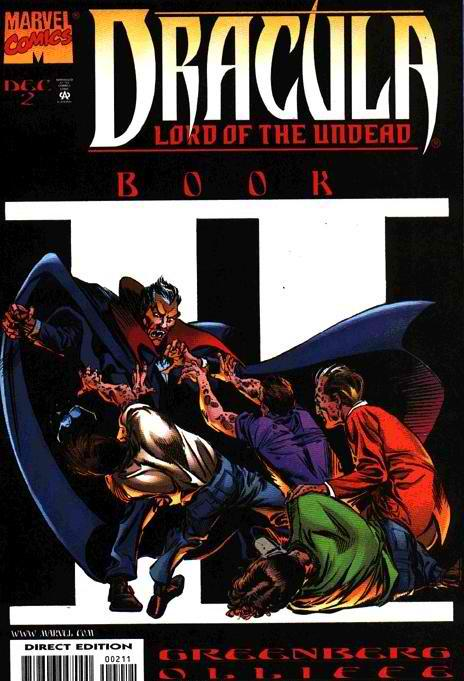

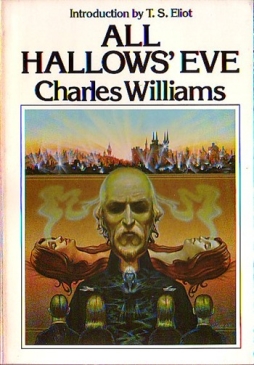 I observed the other day that the end of October’s a good time for reading classic weird fiction. This morning, as young ghosts and goblins of all sorts are preparing their evening’s depredations, I’m writing about a subject I’ve wanted to deal with for a while: the novels of Charles Williams. Williams was born in 1886, and died in 1945; a scholar, poet, editor, and theologian as well as a novelist, he’s probably the third-best-known of the informal group of Oxford Christians called the Inklings, behind C.S. Lewis and J.R.R. Tolkien. A Christian fascinated with the occult, his novels are tales of the supernatural and the numinous at play in the ‘real’ world. He wrote of ghosts, magi, and the Holy Grail, among other things, and his stories, laboured and profound, are some of the strangest fantasies I know.
I observed the other day that the end of October’s a good time for reading classic weird fiction. This morning, as young ghosts and goblins of all sorts are preparing their evening’s depredations, I’m writing about a subject I’ve wanted to deal with for a while: the novels of Charles Williams. Williams was born in 1886, and died in 1945; a scholar, poet, editor, and theologian as well as a novelist, he’s probably the third-best-known of the informal group of Oxford Christians called the Inklings, behind C.S. Lewis and J.R.R. Tolkien. A Christian fascinated with the occult, his novels are tales of the supernatural and the numinous at play in the ‘real’ world. He wrote of ghosts, magi, and the Holy Grail, among other things, and his stories, laboured and profound, are some of the strangest fantasies I know.

